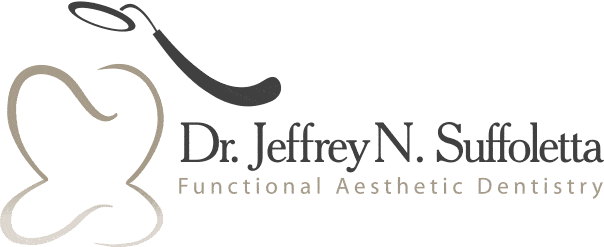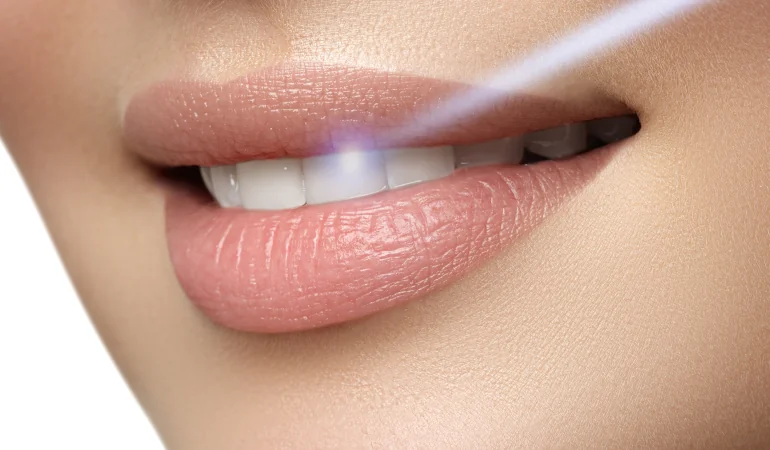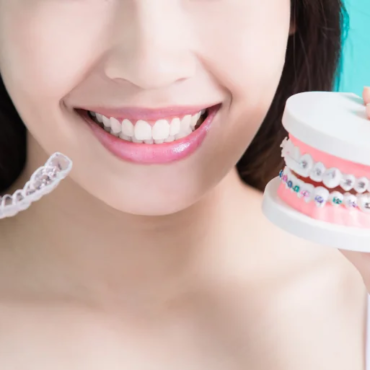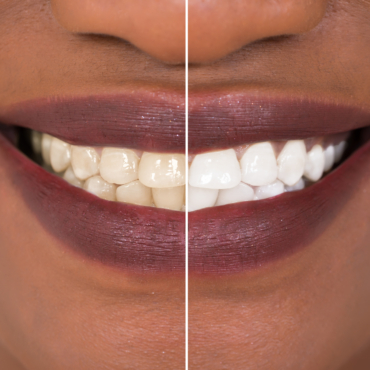Transforming Dentistry Through Laser Dentistry
Dentistry has undergone a revolutionary transformation with the advent of minimally invasive techniques, marking a departure from traditional, more intrusive procedures. Among the myriad innovations, laser dentistry has emerged as a cornerstone, offering precision, reduced discomfort, and enhanced patient outcomes. In this comprehensive guide, we’ll explore the key components of minimally invasive dentistry, with a special focus on the transformative power of laser technology.
Preservation of Natural Tooth Structure
Minimally invasive dentistry places a premium on preserving the natural structure of teeth. Traditional methods often required extensive removal of healthy tooth material during procedures like cavity treatment. However, with advanced techniques, dentists can now target and remove only the affected areas, leaving the surrounding healthy tooth structure intact. This approach ensures optimal oral health while minimizing unnecessary intervention.
Related Article: Can I Smoke or Drink After A Tooth Extraction?
Advanced Imaging Technology
High-resolution imaging technology plays a pivotal role in the success of minimally invasive dentistry. Digital X-rays and intraoral cameras provide detailed visuals, aiding dentists in accurate diagnoses. By precisely identifying dental issues, practitioners can tailor treatments to specific problems, eliminating the guesswork associated with older imaging methods.
Laser Dentistry
Laser dentistry stands at the forefront of minimally invasive techniques, offering a myriad of applications that transform various dental procedures. Lasers emit focused beams of light that can be precisely controlled, allowing for enhanced precision and reduced discomfort. Key applications include:
Cavity Detection: Lasers can identify cavities in their early stages, enabling prompt intervention.
- Soft Tissue Treatments: From gum reshaping to treating oral lesions, lasers provide unparalleled precision in soft tissue procedures.
- Teeth Whitening: Laser technology enhances the effectiveness of teeth whitening procedures, providing quicker and more efficient results.
Air Abrasion
Air abrasion is another crucial component of minimally invasive dentistry. It serves as a gentle alternative to traditional drilling for removing decay. By directing a stream of tiny abrasive particles at the affected area, dentists can precisely target and remove decay without affecting the healthy surrounding tooth structure.
Sealants and Preventive Measures
Preventive measures, such as dental sealants, are integral to minimally invasive dentistry. Sealants act as a protective barrier, preventing bacteria from causing cavities. Applied in a non-invasive manner, sealants are an effective solution for safeguarding teeth, particularly molars and premolars, from decay.
Biocompatible Materials
Biocompatible materials are a cornerstone of restorative dentistry within the minimally invasive framework. These materials ensure that dental restorations seamlessly integrate with the natural tooth structure. Whether it’s fillings, crowns, or other restorations, biocompatible materials contribute to both aesthetics and long-term oral health.
Precision in Restorative Dentistry
Restorative dentistry benefits significantly from precision technologies like computer-aided design and computer-aided manufacturing (CAD/CAM). These systems enable the creation of custom restorations with minimal impact on surrounding healthy teeth. Patients can now enjoy highly personalized, minimally invasive solutions for issues like cavities or damaged teeth.
Patient-Centric Approach
Minimally invasive dentistry places patients at the center of the treatment process. Reduced discomfort, shorter recovery times, and overall improved patient experiences are central tenets of this approach. Patients actively engage in their oral care, fostering a sense of collaboration with their dental team.
Early Intervention and Preventive Care
Early intervention is a key principle of minimally invasive dentistry. Detecting dental issues in their infancy allows for less invasive interventions. Consequently, preserving natural tooth structure. Thus, regular check-ups and preventive care play a pivotal role in maintaining optimal oral health and preventing the need for more extensive treatments.
Reduced Anxiety and Fear
One of the often-overlooked benefits of minimally invasive dentistry, including laser procedures, is the reduction of anxiety and fear associated with dental visits. The prospect of less discomfort and quicker recovery times encourages patients to adhere to regular dental appointments, promoting consistent oral care.
The landscape of dentistry has been transformed by the paradigm shift towards minimally invasive techniques, with laser dentistry leading the charge. Patients can now benefit from procedures that prioritize precision, preservation of natural structures, and enhanced overall comfort. As research and technology continue to advance, the future promises even more sophisticated and patient-centric approaches to oral health. Thus, embracing minimally invasive dentistry with a focus on laser technology, heralds a new era in dental care. One that prioritizes optimal outcomes and patient satisfaction.



